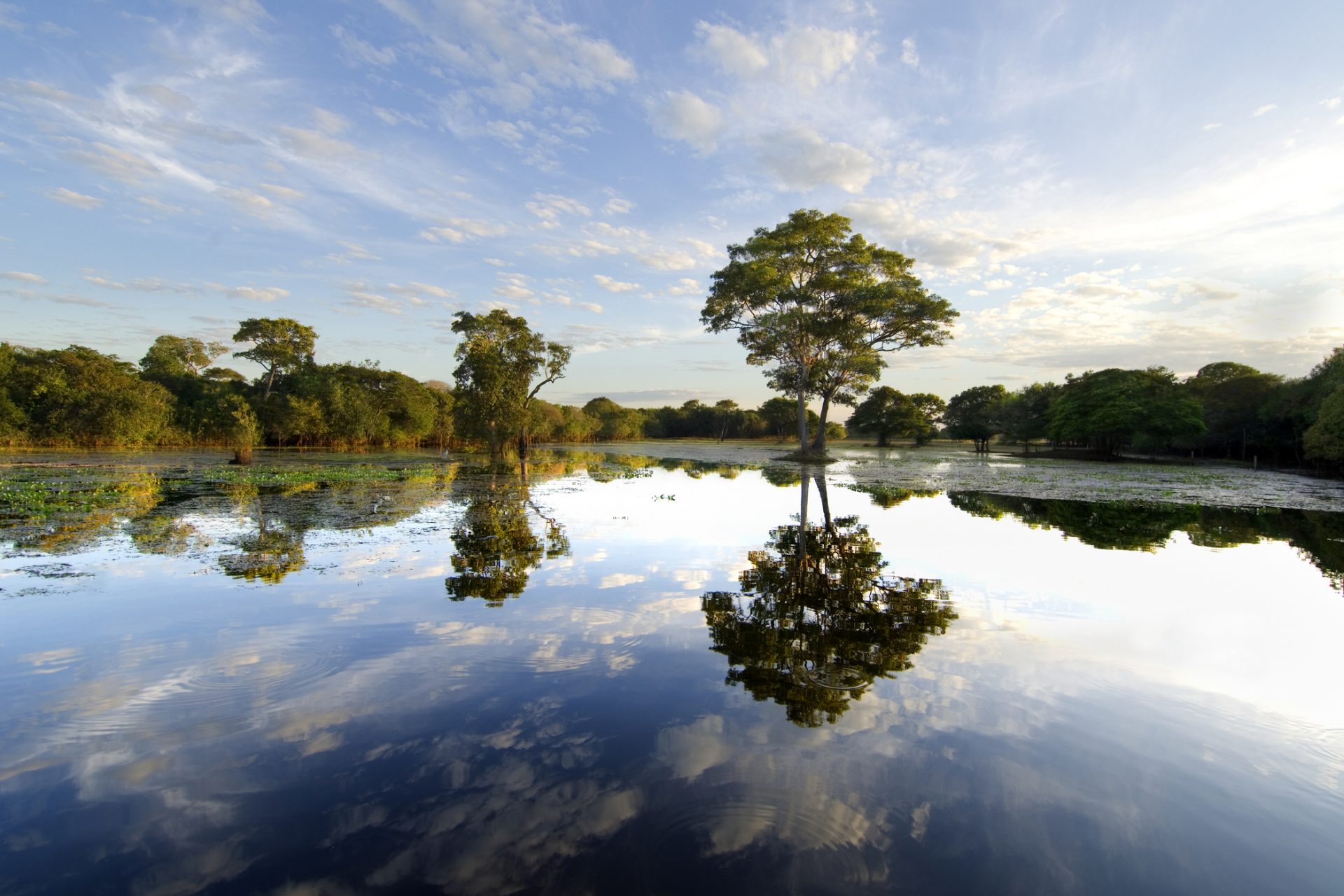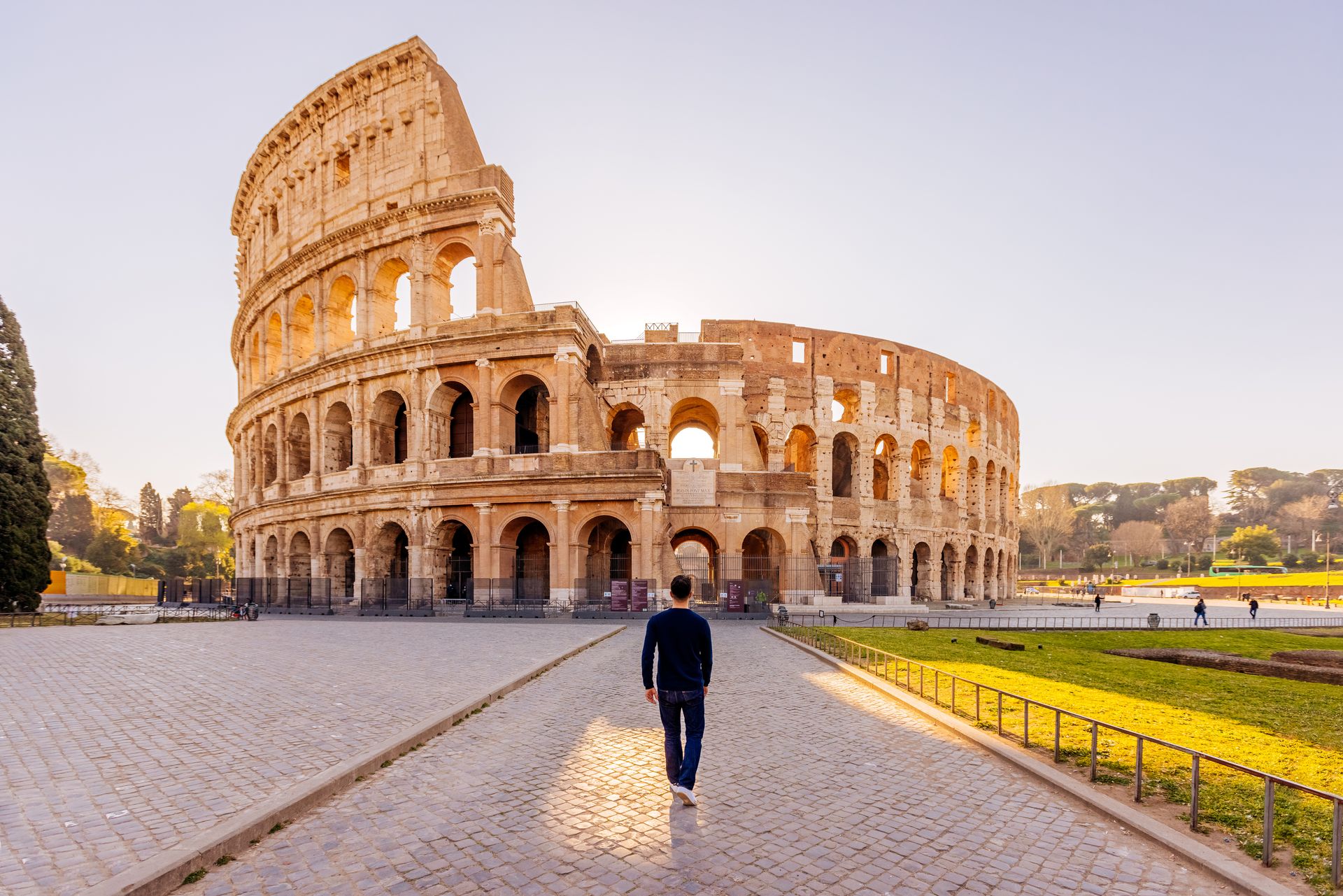Dark Tourism: visiting Chernobyl, Auschwitz and other places with a tragic past
Most people associate a tourist trip with beautiful natural landscapes or iconic cities in the world. For others, history and awareness of past traumas are important. Proof of this is the growing demand for Dark Tourism, to places where tragic historic events happened.
Dark Tourism is a label given to tourist trips that involve places where obscure events in human history have taken place.
Tourists may go to regions that were the scene of great tragedies, such as natural disasters, atrocities, wars, and genocide.
Among these places are cemeteries, war museums, maximum security prisons, and cities decimated by bombardments.
The Auschwitz concentration camp represents the horrors of the Holocaust like no other. It was the largest and deadliest Nazi death camp during World War II, where more than 1.5 million people were executed between 1940 and 1945.
Located in southeastern Poland, Auschwitz was turned into a memorial after the war. According to the museum's management, the site received 2.3 million visitors in 2019, the highest figure so far.
The museum shows some works of art made by the prisoners, as well as objects that belonged to them, which portray the sad reality lived in the concentration camps.
On April 26, 1986, Chernobyl was the victim of the worst nuclear accident in history. During a safety test at the plant, a reactor exploded, releasing 200 tons of radioactive material into the atmosphere.
The accident caused many immediate deaths, but the total number of victims remains a controversial issue, as it is difficult to link the disaster's environmental contamination with deaths that occurred years later.
A tranquil region, hitherto unknown, became associated with the nuclear disaster forever. Today, Pripyat is a ghost town in the protection zone established by the local government. While it is still forbidden to live there, tourist travel is allowed.
In the US, one of the main 'dark' attractions is the prison of Alcatraz off the shore of San Francisco. The historic prison has long been one of the city's biggest draws. But why would anyone visit a long-gone prison? Well, Alcatraz has a rather macabre past.
Alcatraz is the name of the island, which became famous for hosting a maximum security federal prison between 1934 and 1963. The place housed the most violent and dangerous prisoners in the country, or any inmate who could not follow the rules of other prisons. In the 29 years it was active, there were only 14 escape attempts, none of which were successful.
However, the Anglis brothers and Frank Morris escaped from prison in 1962. Their bodies were never found, so there's no way to say whether they're still alive. The waters surrounding the island are extremely cold, around 10ºC!
Since 1972, Alcatraz has been open to tourist visits, but it maintains the most impregnable, mystical aura in history. Some of the most famous inmates at the iconic prison include Al Capone, Bumpy Johnson, Mickey Cohen, Alvin Karpis, and James 'Whitey' Bulger.
The eruption of Eyjafjallajökull in April 2010 caused so much damage that the volcano became known worldwide. For those who don't remember, its dangerous ash paralyzed European flights for more than two weeks, costing the economy an estimated $5 billion.
Photo: Marc Szeglat/ Unsplash
However, the great eruption had a positive side, as many curious people began to choose the icy country as a tourist destination. People who before would never even consider Iceland are now eager to see its glaciers, fjords, frozen lagoons, northern lights, and, of course, the volcano on the south coast.
Iceland is a large volcanic island located in the North Atlantic, about 300 kilometers from Greenland. The country has a population of just 360,000 inhabitants, in a vast area of about 103,000 square kilometers. Its capital is Reykjavik, where one-third of the population lives: approximately 120 thousand people.
Hiroshima was the first city to be destroyed by a nuclear tragedy during World War II. On August 6, 1945, the United States dropped an atomic bomb on Hiroshima, killing 80,000 people. Over the years, tens of thousands of other citizens died from injuries and radiation poisoning.
The bomb destroyed 70% of the buildings in Hiroshima. It went down in history as a symbol of the horror caused by nuclear war. Afterward, the Hiroshima Peace Memorial Park was created, which offers a clear lesson on the importance of world peace.
At the end of the 18th century, due to the serious health problems caused by the city's cemeteries, Parisian authorities decided to transfer remains to an underground location. This means that Paris became more than just a romantic capital with iconic monuments and wonderful museums.
The Catacombs of Paris, a labyrinth of skeletons beneath the city's streets, show the remains of nearly six million people. It's the largest tomb in the world and, according to some, one of the scariest places on the planet. A perfect place for those who enjoy macabre walks.
The visit lasts 45 minutes and covers a distance of 1.5 kilometers in a constant temperature of 14 degrees. Currently, the Catacombs of Paris receive around 550,000 visitors a year.

































